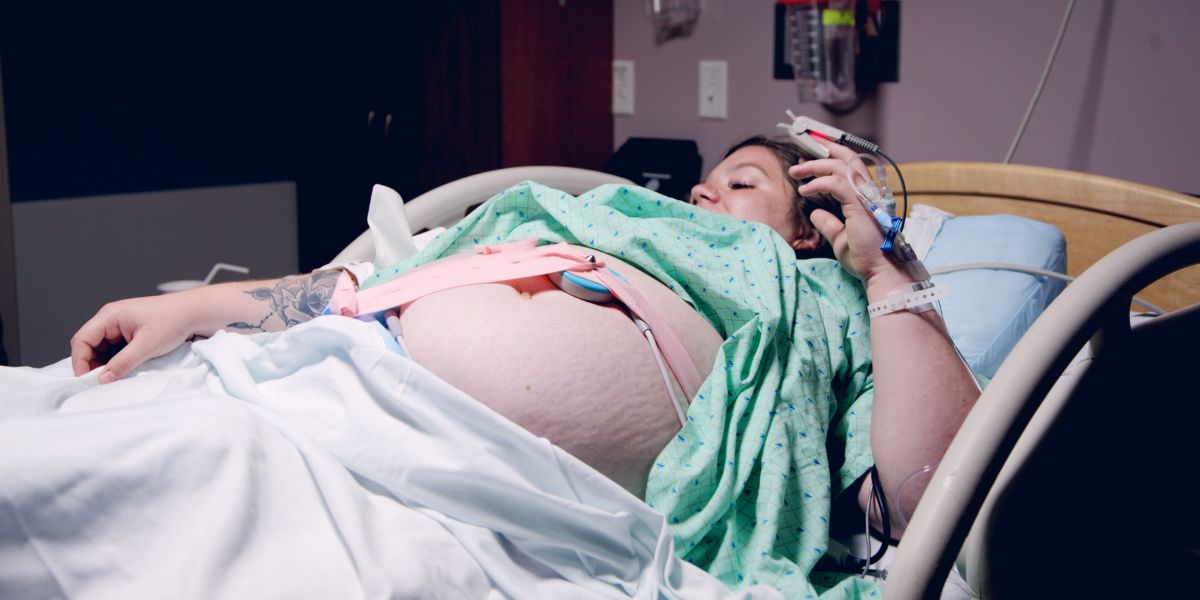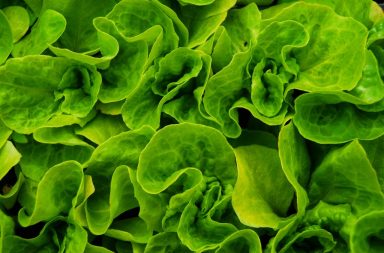You’re likely reading this article because those unsightly streaks on your thighs and bums are becoming downright annoying. Not only do they stand out like a sore thumb, they likely make you question your sexiness, especially on those sunny days when it’s time to flaunt the body a little.
Trust us, we understand how you feel. Even though stretch marks may not pose any serious health effects, they can feel uncomfortable as they often mar the appearance of a beautiful and consistent skin tone. The good news is that there are various effective ways to get rid of stretch marks on thighs and bums. Want to know how?
If yes, then you’re in the right place! This article will cover all you need to know about dealing with stretch marks on your thighs and bums, what causes them, and how to get rid of stretch marks.

Image Credit: Hanna Postova
What are Stretch Marks?
Stretch marks are narrow lines or stripes that develop on the skin as a result of scarring when overstretched. Regardless of whether the stretch marks are on the outer thighs or arms, this overstretching can occur when you experience sudden or intense weight gain or loss, puberty, or pregnancy. Stretch marks may also appear as a result of certain medical conditions such as chronic liver disease or Cushing’s disease. More so, they can appear in areas such as the stomach, thighs, bum, breasts, hips, forearms, and lower back.
Now that we have established exactly what stretch marks are, you’re likely asking yourself ‘what are the best ways to get rid of stretch marks on thighs and bums?’ Let’s continue to find out.
Five Ways to Get Rid of Stretch Marks From Thighs and Bums
First of all, you can reduce the risk of developing stretch marks through healthy practices such as maintaining a healthy weight and working towards a moderately slow weight gain during pregnancy. You can also prevent stretch marks by proper hydration and adding foods packed with vitamins and minerals to your diet, which support the skin to retain its elasticity. However, if those marks are already there, be sure to follow these useful tips to improve your skin tone.
1. Collagen creams and gels
Treating stretch marks with gels and ointments is the most common go-to method for most people. You can easily get these gels in most cosmetic and beauty shops. Most creams and gels marketed for treating stretch marks have collagen as the main ingredient. This is a protein that forms part of the structure of the skin and works to provide a firm structure, elasticity, and strength to the skin.
By performing these functions, collagen-based creams and gels reduce stretch marks by increasing the production of collagen on your thighs and bums. Common products that stimulate collagen production in the skin include Cussons Mum and Me Bump Stretch Marks Cream, Kelo-Cote, and Kelo-Stretch.
2. Essential Oils
Bitter almond oil, argan oil, and lavender oils are valuable essential oils that might help with the reduction of stretch marks. Besides the pleasant fragrance essential oils are noted for, they are well-known natural remedies that might help to reduce the incidence of stretch marks on the skin. They are rich in antioxidants and also fight free radicals that destroy the cells.
For best results, apply chosen essential oil to the affected area in a circular motion and gently massage into the skin. Also, to avoid irritation of the skin, dilute the essential oil in a carrier oil such as coconut oil, sweet almond oil, and olive oil.

Image Credit:
Sharon McCutcheon
3. Egg White
Ever wondered what else you could do with egg whites except adding them to your favourite recipes? Before you discard those egg whites, wait a minute! They are high in proteins and amino acids which can not only rejuvenate your over-stretched skin but also tighten it.
To use egg whites as a remedy for stretch marks, whisk two egg whites until foamy and gently apply to the affected area. Wait until the white layer of the egg dries off then gently massage the affected area with a layer of olive oil. For more visible results, you will have to follow this procedure daily.
4. Sugar Scrub
Sugar is a very common ingredient that is easily available in most homes and a sugar scrub acts as the perfect exfoliant. It is also a cosmetic product that removes dead cells from the surface of the skin. The fine grains of sugar works by scrubbing off the dead cells around the stretch marks, ultimately reducing their appearance.
To formulate the perfect sugar scrub for stretch marks, combine one cup of sugar with one tablespoon of olive oil, one tablespoon of honey, and a tablespoon of lemon juice. To use effectively it must be gently applied to your skin. Rub it in for at least ten minutes and rinse with warm water. Repeat this procedure two to three times weekly.
5. Aloe Vera Gel
Aloe Vera is rich in water and nutrients which contributes to its natural healing properties. You can use natural aloe vera gel to treat stretch marks if you have an aloe plant at home. Just break off a stalk and rub the soft jelly inside on the affected area. Let the gel remain on the skin until it dries off. After two to three hours, you can rinse off the aloe vera gel with warm water and voila! You can now start enjoying the natural healing properties of aloe vera.
To Summarise
Dealing with stretch marks on your thighs and bums does not have to be accompanied by complex beauty treatments and expensive therapies. In a nutshell, collagen-based creams and gels, the right essential oils, egg whites, homemade sugar scrub, and aloe vera gel can all help to reduce stretch marks on your skin.
You can prevent and reduce stretch marks at the comfort of your home by following these simple tips consistently. Which of these remedies have you tried? Comment below and feel free to share this article with a friend it will be of benefit ro.


